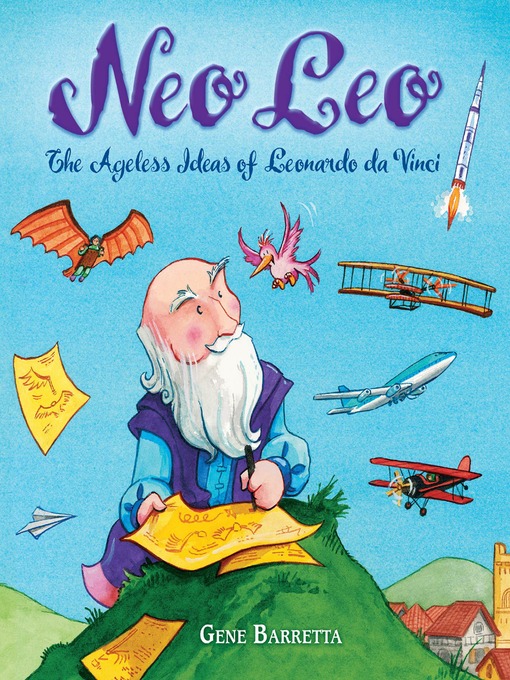An introduction to Leonardo da Vinci's genius focusing on his famous notebook sketches and the modern inventions they predicted.
In 1781, Thomas Paine came up with a model for a single-span bridge; in 1887, Adolf Eugen Fick made the first pair of contact lenses; and in 1907, Paul Cornu built the first helicopter. But Leonardo da Vinci thought of all these ideas more than five hundred years ago!
At once an artist, inventor, engineer, and scientist, da Vinci wrote and drew detailed descriptions of what would later become hang gliders, automobiles, robots, and much more. In Neo Geo, Gene Barretta cleverly shows how Leonardo's ideas—many inspired by his love of nature—foreshadowed modern inventions, offering a window into the future.
- Available now
- Time to Brush Up On Some Classics?
- New eBook additions
- New kids additions
- New teen additions
- Most popular
- Try something different
- See all
- 2024 Audie Winners & Finalists
- ALA Listen List
- New audiobook additions
- Available now
- New kids additions
- New teen additions
- Celebrity Readers
- Quick Listens
- See all
- Home & Garden
- Tech & Gaming
- Business & Finance
- Fashion
- Health & Fitness
- Travel & Outdoor
- Celebrity
- Food & Cooking
- Family & Parenting
- News & Politics
- Photography
- See all


